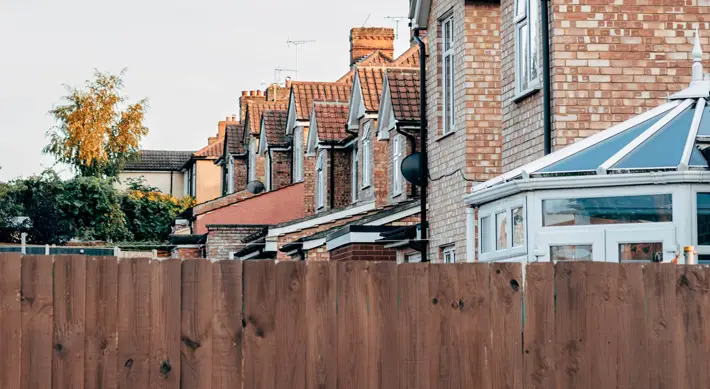The Cost-of-Living Crisis – How the Vulnerable are Disproportionately Affected

The UK is experiencing an unprecedented time of crisis, comprising multiple serious failures of governance and economic security. This difficult period, punctuated by the arrival of what will be the UK’s longest economic recession, has impacted millions of families across the nation in various tangible ways – and has served to worsen inequality in the process.
Disabled and elderly communities alike are experiencing increased hardship as a result of unsustainable rises to the rate of inflation. However, they are also experiencing decreased access to vital services and infrastructure, as a by-product of the crisis and as a result of an economic policy over a decade in the making. But what exactly is the situation, how are vulnerable groups being disproportionately affected, and what is being done to redress the balance?
The Cost-of-Living Crisis
First, it is key to understand the nature of the UK’s current cost-of-living crisis. Arguably the first tangible market of rising household costs came in the form of energy bill hikes, which occurred in response to market instability caused by Russia’s invasion of Ukraine. The situation worsened, however, as wider barriers to trade emerged – causing the price of household goods to rise too.
Today, the rate of inflation remains above 10%, and the cost of energy remains untenably high; even with government subsidy, energy prices are roughly double their 2021 average price. Energy has been the major sticking point for many, especially those on lower incomes.
Impacts on Vulnerable Groups
While these cost impacts are keenly felt by millions, they are perhaps most painfully felt by a key subset of vulnerable groups in the UK – particularly, the elderly population and the disabled population. Both communities rely more heavily on energy, in order to power assistive technology and keep home temperatures at a safe level. They also have larger outgoing costs, relating to travel to appointment, additional assistive equipment and even private care.
Speaking of which – there are also wider systemic barriers experienced particularly by the disabled community, as the current economic situation compounds a decade of systemic NHS underfunding. For one, hospital negligence could grow in an underfunded health service, where stretched staff are more likely to make costly mistakes in care. Disabled people in need of regular healthcare are also less likely to receive the care they need overall, and more likely to wait in pain and discomfort for essential services.
What is Being Done?
Unfortunately, there is little light at the end of the tunnel for these underserved demographics. The government’s domestic energy subsidy is set to end in April 2023, instead of running for two years as initially planned. Energy prices will not come down, and wages are not likely to rise to meet them.
While many in the disabled community are gainfully employed, many more rely on essential welfare payments which are not likely to rise with inflation. But, while the situation seems dire, community pressure on government is rising – and, amid a dissatisfied electorate, concessions are likely.










